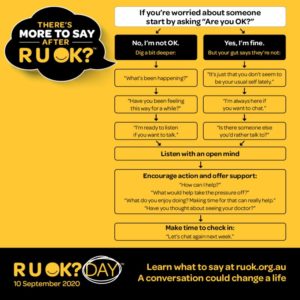Workplace hazards exist in all workplaces. Some hazards more obvious than others.
Disclaimer: The following information is general in nature and does not take into account your personal situation
STAY ALERT! DON’T GET HURT
Workplaces try to keep you safe by implementing various controls. These assist in protecting workers from workplace hazards in order to:
- Avoid injuries, illnesses and incidents
- Reduce health and safety risks
- Provide safe and healthy working conditions
IMPORTANT: Every person has a responsibility to keep themselves and others as safe as possible
NEVER TAKE SHORTCUTS
Labourpower conducts regular assessments and discussions with site operators to ensure safety systems are up-to-date.
Some of the safety systems put in place include for example:
- Guarding on machinery and signage
- Inductions and training
- Safety policies, procedures and methods
IMPORTANT: Make sure you pay attention to the Labourpower Safety Messages sent out every fortnight
KEEPING YOURSELF SAFE AT WORK
No matter your job, it’s important to take steps to improve your health and safety at work:
- Firstly, familiarise yourself with relevant workplace health and safety policies (as provided in your induction)
- Secondly, make sure you understand the identified hazards. And follow the safe work practices relevant to your site and job task
- In addition, wear Personal Protective Equipment (PPE) as required
- Also, play your part in safety by reading safety messages and noticeboards, safe work methods as well as:
– Listening carefully to what is said in Toolbox Talks
– Following the training provided etc.
Finally, remember that not all hazards are obvious. It’s important to raise any concerns you have. If you are unsure about anything or see something that can cause an injury then:
- Speak to your supervisor or
- Labourpower representative
SAFETY GOES 24/7
Labourpower values your health and wellbeing and has an ongoing commitment to safety in the workplace.
We are also proud to partner with Workactive to bring you safety and wellbeing programs throughout the year.
We look forward to bringing you more safety tips as part of our Toolbox Tuesdays.
Look out for our regular Toolbox Tuesday and Wellness Wednesday posts on Facebook, LinkedIn and the Labourpower website.
